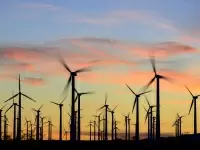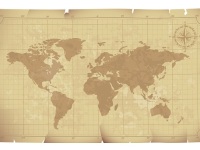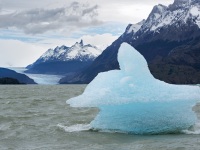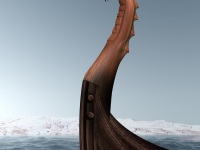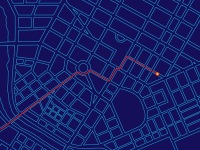Modern wind power is a recent development based on a very old technology. The wind has propelled sail boats for at least 5000 years, and turned windmills for perhaps 1500 years. Even the concept of generating electricity with wind power dates back to the first successful attempt in the late 1800s. But aside from the…
Read more
Wind Power 101
